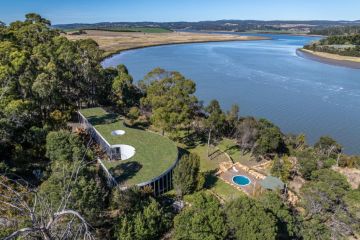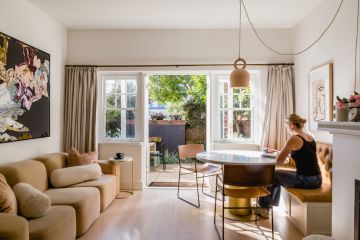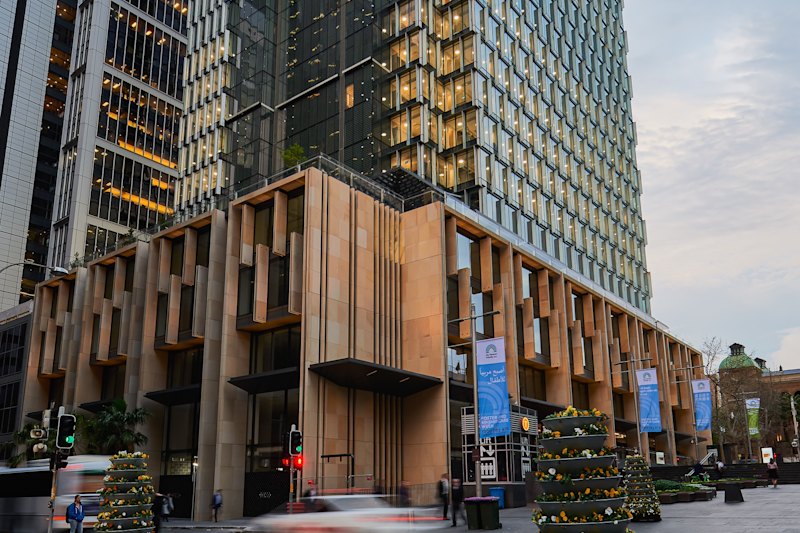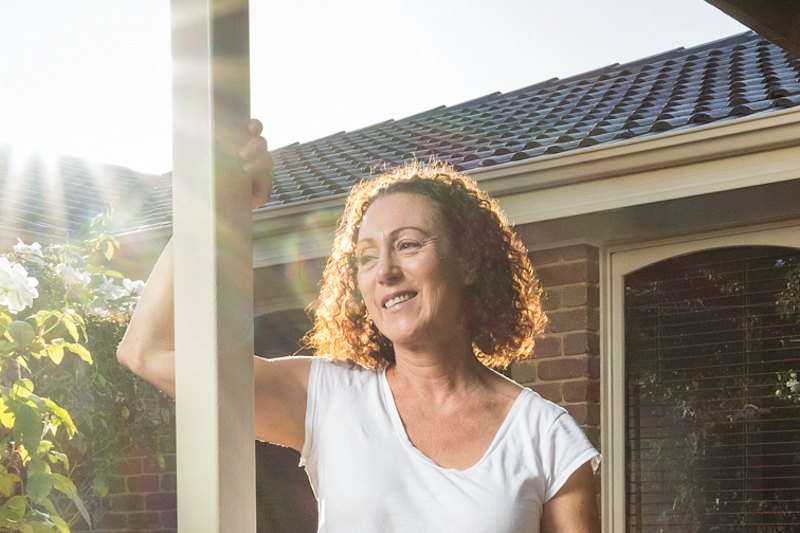How to choose the best suburb for your health
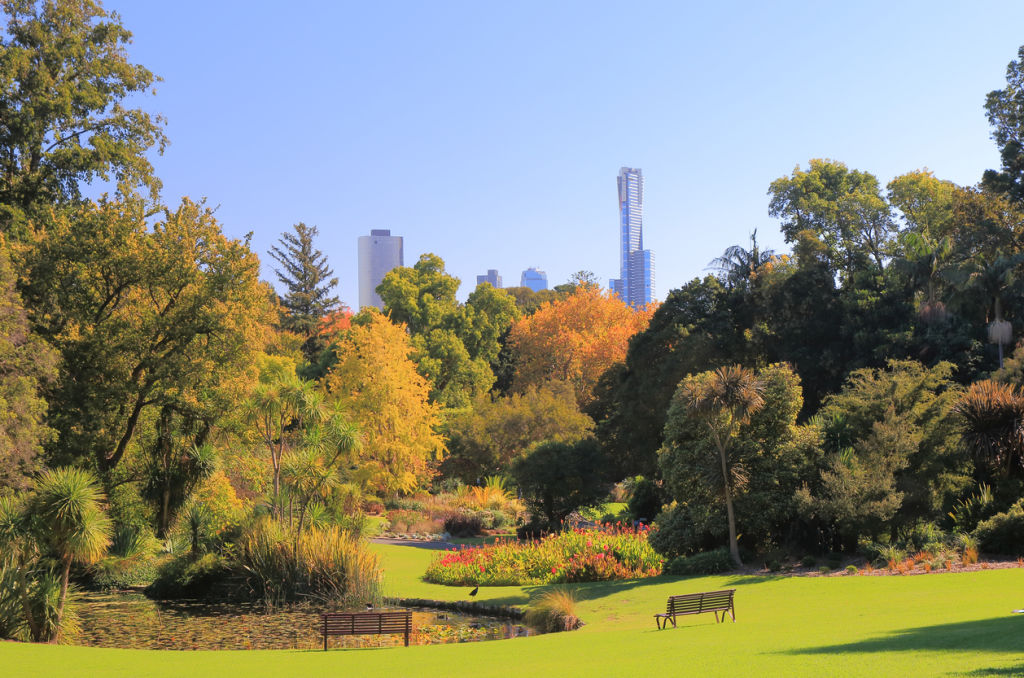
As the populations of major cities expand, an increasing number of Australians are living in what experts consider to be ‘unhealthy’ suburbs.
Research shows these areas, which are typically located on the urban fringe, can negatively affect the residents’ physical, social, financial and environmental wellbeing,
So what exactly is a ‘healthy’ suburb’? In short, an area where all services can be accessed via walking or cycling, enabling residents to get their ‘30 minutes a day’ simply by running errands or commuting.
Dr Claire Boulange, postdoctoral research fellow in the Healthy Liveable Cities Research Group at the Centre for Urban Research, RMIT University, says there are eight key factors that support healthy living in an urban setting: public open space, building design, street networks, sense of place, community facilities, destinations, housing diversity and access to healthy food.

“The people living on the fringe are car-dependent and spend a lot of their time sitting in their car. That means more carbon dioxide emissions and more sedentary time,” Dr Boulange says.
“Spending time driving around also means less time to socialise, less time with your family and less time for healthy activities.”
The benefits of healthy living extend beyond individuals to entire communities, by helping prevent non-communicable diseases such as cardiovascular disease that place increased demand on the health system.
“Areas in the outer suburbs might seem affordable compared to the inner suburbs (within seven kilometres of the CBD), but when you consider that it takes 20 to 30 years for those areas to be fully developed (with services, shops and amenities) and that people will need a car to access all the things they need for many years, you can see that it is not so affordable after all,” Dr Boulange says.

Dr Takemi Sugiyama, professor of built environment at Mary MacKillop Institute for Health Research, Australian Catholic University, explores the connection between physical activity and design and notes the ease of incidental exercise in healthy areas.
“The benefit is you don’t have to be motivated to be physically active if you live in those healthy suburbs that have better access to shops and facilities,” Dr Sugiyama says.
A four-year study, led by Dr Sugiyama, of 2000 adults living in urban and suburban areas of Adelaide found participants who lived 20 kilometres or further from the city centre experienced an average 2.4-centimetre increase in waist circumference over the four years, compared to 1.2 centimetres for those living nine kilometres or less from the CBD.
The Domain Healthy Suburbs study provides an in-depth look at the health opportunities provided by every Sydney, Melbourne and Brisbane suburb, while Dr Sugiyama also recommends consulting Walk Score, which evaluates how car-dependent a suburb is.
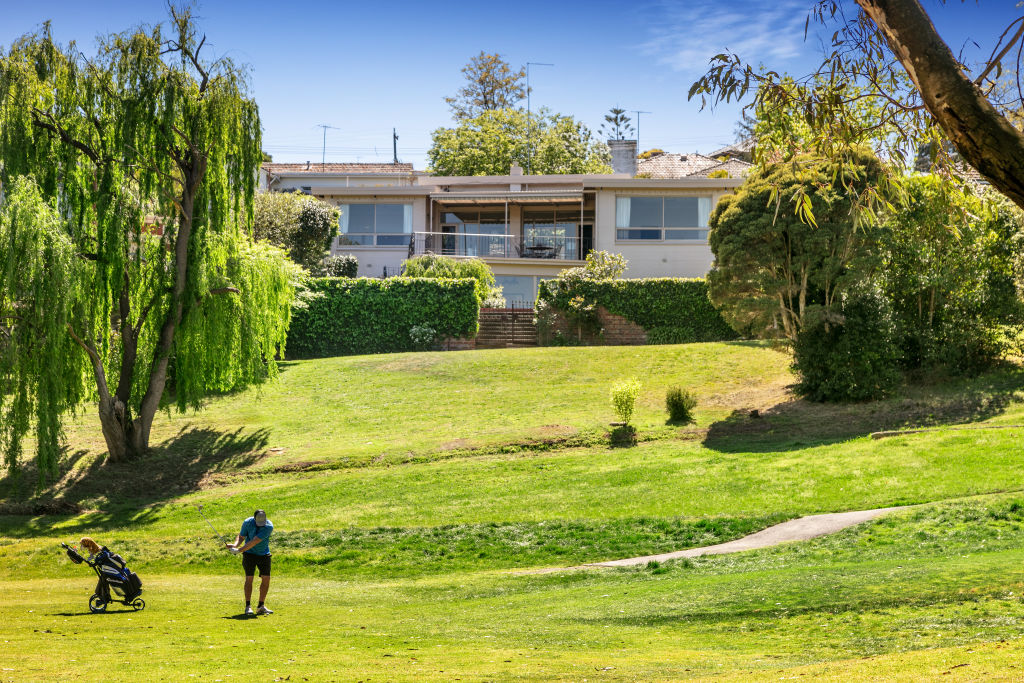
Among Melbourne suburbs that perform particularly well for health benefits is South Yarra. Located just four kilometres south-east of the CBD, residents are within easy reach of shops, restaurants, sporting grounds such as the MCG, schools, public transport and significant green open space.
The suburb has a Walk Score of 92 out of 100, making it the sixth most walkable neighbourhood in Melbourne. One of the most tightly-held pockets in South Yarra is the Domain Precinct, which surrounds the famous Royal Botanic Gardens.
The Botanic Collection, an impressive new boutique project, will add 17 residences to the area divided among four distinct buildings.
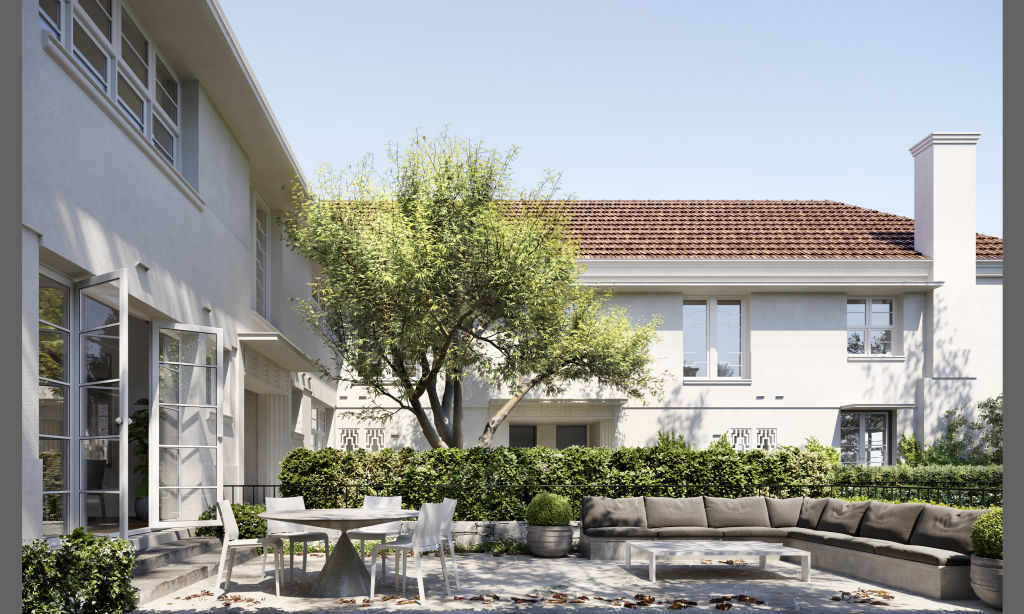
Thirty Anderson (with three residences) and Kurneh Place (with seven residences) are designed by Rob Mills Architecture & Interiors; while Martin House (four residences) and Garden Lane (three residences) are designed by Powell & Glenn Architects.
Kay & Burton Projects director Damon Krongold succinctly describes the project and its surrounding neighbourhood as being “good for the soul.”
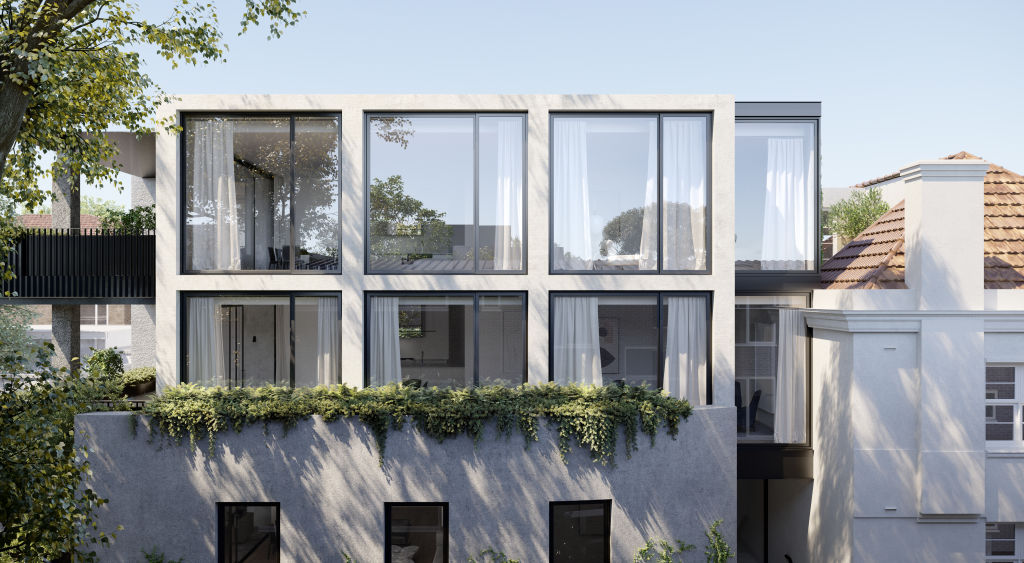
“The Botanic Collection is an exclusive collection showing consideration and sensitivity of elegant streetscape, rigid height restrictions and exclusive privacy. It’s designed and supervised by two prominent architects, each with a distinctive expression of design methodology,” Krongold says.
Individual residences in The Botanic Collection range from $2.99 million to $20 million.
We recommend
We thought you might like
States
Capital Cities
Capital Cities - Rentals
Popular Areas
Allhomes
More
